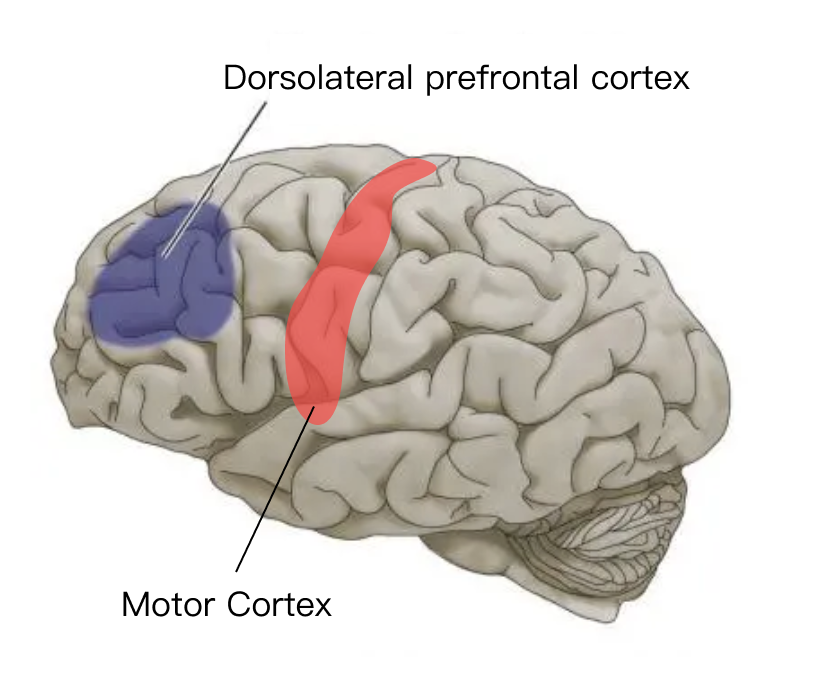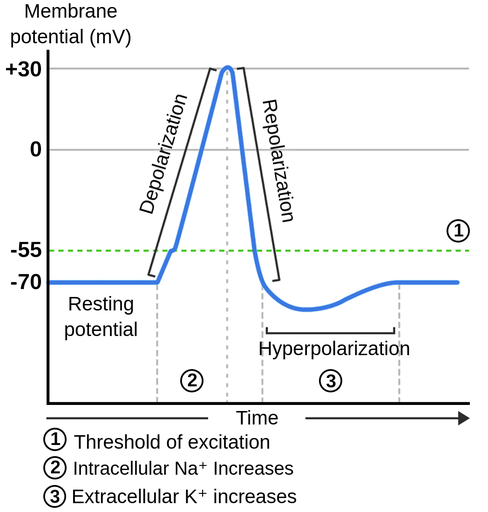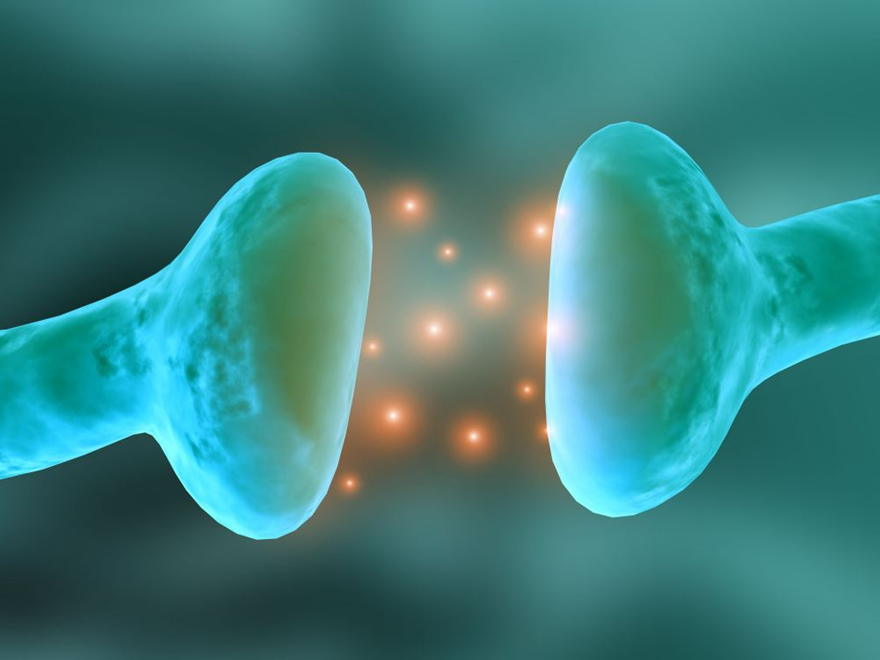Transcranial direct current electrical stimulation (tDCS) , one of neuromodulation technologies, uses constant weak current to regulate neural activity. Various neuromodulation technologies have been widely used in clinical therapy, among which tDCS is most widely studied and applied due to its operational safety and convenience. In cognitive neuroscience, tDCS has gradually become a tool for regulating cognitive functions. Large study has revealed tDCS can improve perception, attention, memory, creativity, problem solving and decision making.



The tDCS technology adopted by Flowtime tDCS headset is safe.
▪ In multiple studies, more than 1,000 subjects participated in more than 33,200 stimulation sessions, and no serious adverse reactions related to tDCS were found.
▪ Moreover, for long-term users of tDCS, there are no reports of related adverse reactions.
▪ Currently, there are no adverse reports on tDCS in the "MedWatch" database of the US FDA (Food and Drug Administration) safety information and adverse event reporting system. The FDA believes that the use of tDCS has no significant risks.
*References